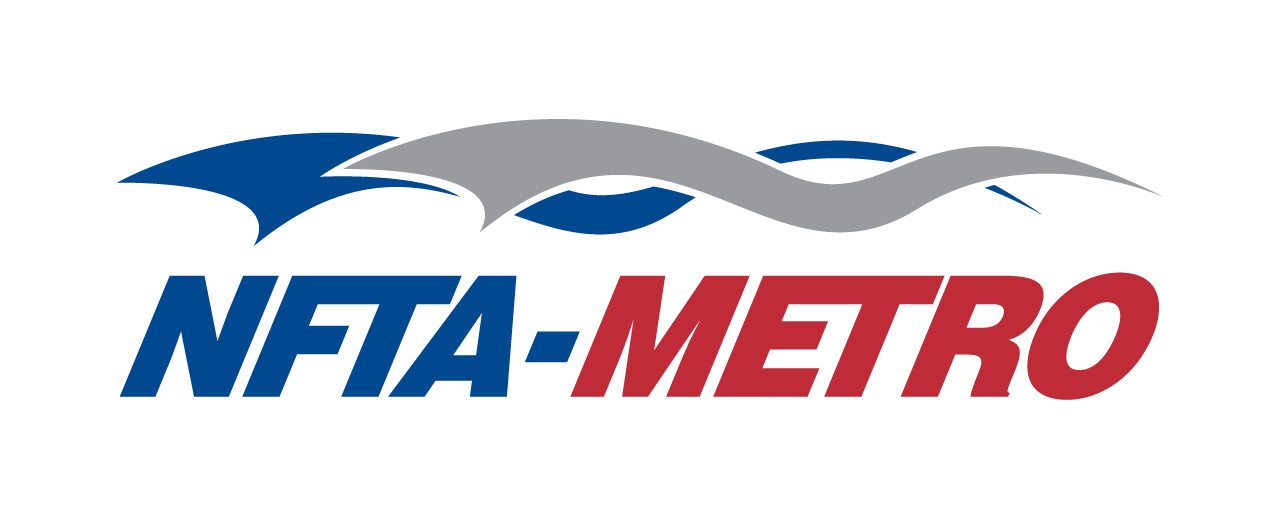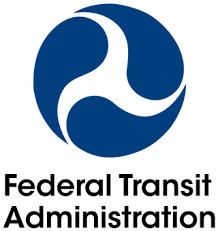Document Library
Draft Environmental Impact Statement
The Niagara Frontier Transit Metro System, Inc. (Metro) has prepared this Draft Environmental Impact Statement (Draft EIS) to identify potential environmental effects that would result from the Proposed Action, evaluate reasonable alternatives to avoid or minimize impacts, and - to the extent that adverse impacts are identified - avoid or otherwise mitigate those impacts to the maximum extent practicable, consistent with social, economic, environmental, and other considerations.
The public comment period for the Draft EIS is now closed.
Metro would normally respond to public comments received during review of the DEIS and at the public hearing in the Final Environmental Impact Statement. However, because the Federal Transit Administration (FTA) is now a co-lead agency, the environmental review will be completed under both the National Environmental Policy Act (NEPA) and State Environmental Quality Review (SEQR).
Metro has prepared this stand-alone document to summarize and respond to the substantive comments received during public review of the SEQR Draft Environmental Impact Statement and the public hearings. These comments have been considered and Metro's responses will be incorporated into the NEPA/SEQR DEIS, as appropriate.
Draft Environmental Impact Statement
For a reader with only a short time to devote to this document, the Draft EIS Executive Summary is a good place to start. For more detail on a particular resource area, a reader may download a particular chapter or appendix of interest, or peruse the whole document. For assistance related to accessing any of the content within this DRAFT EIS please contact railx@nfta.com.
- Notice of Completion and Public Hearing
- Draft Environmental Impact Statement Cover
- Inside Cover and Table of Contents
- Executive Summary
- 1 Project Description
- 2 Land Use, Zoning, and Community Character
- 3 Socioeconomic Conditions
- 4 Potential Property Acquisitions and Displacements
- 5 Community Facilities and Utilities
- 6 Environmental Justice
- 7 Visual Resources
- 8 Historic and Cultural Resources
- 9 Parklands and Recreational Resources
- 10 Natural Resources
- 11 Water Resources
- 12 Geology, Soils, and Farmlands
- 13 Transportation
- 14 Noise
- 15 Vibration
- 16 Air Quality
- 17 Energy
- 18 Hazardous and Contaminated Materials
- 19 Construction Effects
- 20 Indirect and Cumulative Impacts
- 21 Commitment of Resources
- Appendix A — Conceptual Plan
- Appendix B — Smart Growth Screening Tool
- Appendix C — Public Outreach and Coordination Report
- Appendix D — Potential Property Acquisitions
- Appendix E — Agency Correspondence
- Appendix F — Transportation Technical Report
- Appendix G — Travel Demand Forecasting
- Appendix H — Phase I Environmental Site Assessment





